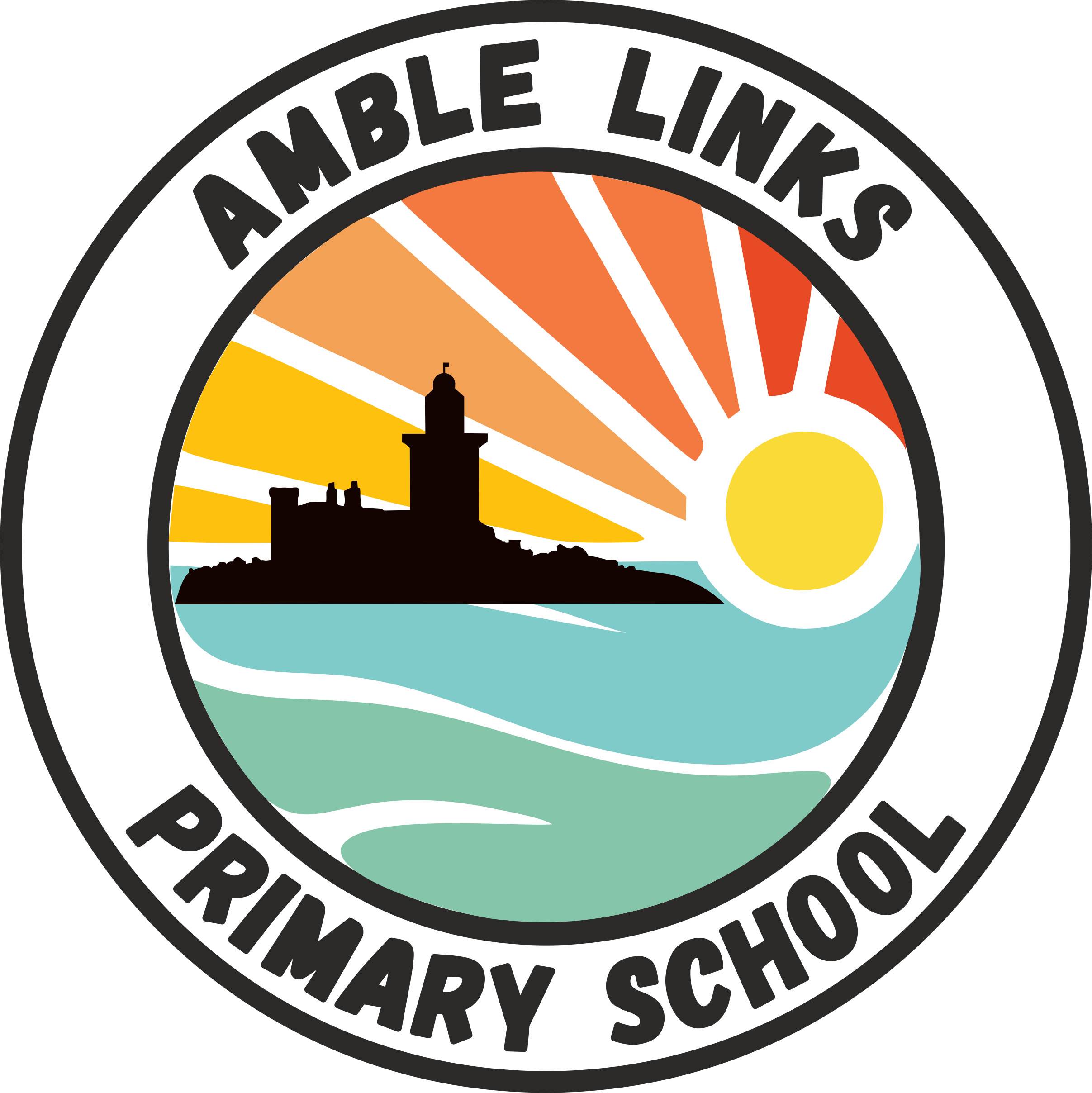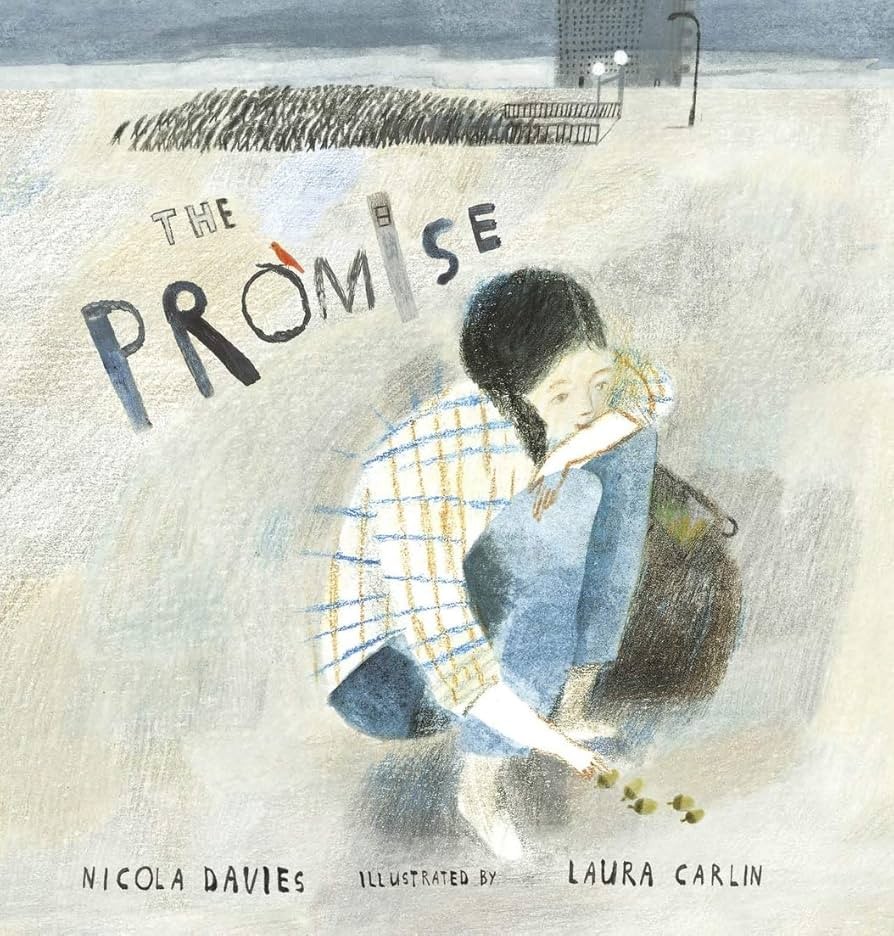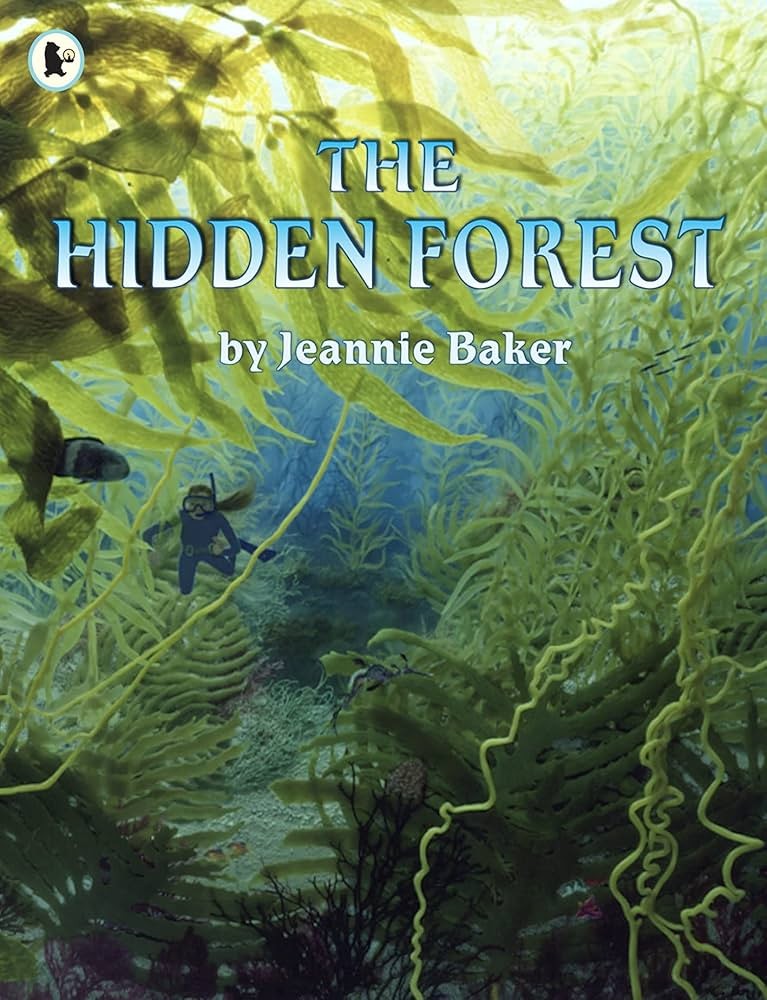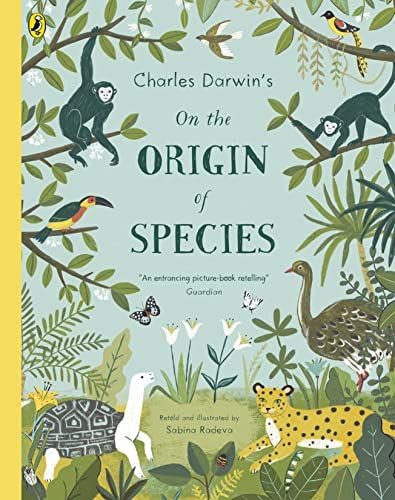AUTUMN TERM 2
Writing: as writers we will be writing a story of hope based on the story - The Promise by Nicola Davies. Later in the term we will be moving into writing a discussion text exploring the concept of evolution.
Comprehension: as readers, we will be exploring the Origin of Species by Sabina Radeva. Using evidence from this text, we will practised and develop our reading skills in decoding, infering and predicting information.
Grammar: we will be developing our application of the english language and practising a range of grammatical structures. We will be using examples from previous SAT papers to provide realistic test based questioning.
Maths: as mathematicians, we will be applying number skills to calculate and solve problems based on fractions and the converting measurements using conversion methods. In addition, we will continue to develop fluency in applying number facts in Mini Maths sessions.
Science: as scientists, proving that light travels in a straight line, children use this information to explain observations of reflection and shadows.
They explore how our eyes allow us to see and how mirrors can be used in a variety of ways. Pupils investigate factors affecting the size of shadows and the laws of reflection. Children apply what they have learned about light by exploring real-life uses of mirrors.
Religious Education: As theologists, we will be exploring current evidence and discussing how Christians believe that Jesus was the Messiah who was sent by God to show his love for people.
French (Quel temps fait-il?): As linguists, we will be learning how to discuss what's the weather like using oracy to pronounce, decode and structure verbal responses using previous learning and new language.
Computing - Word ProcessingThe children will be introduced to word processing, to create text linked to their learning and explore the tools for editing and layout. They will consider the benefits as writers and the impact as a reader of different styles and formats. Finally the children will compare other word processing applications and use the functions on Canva to convert different document types as well as exploring the audio to text functions.
DT - CookingAs technologists, the children will research and analyse a range of children’s toys. They will design and construct a steady hand game and assemble the electronics and complete an electronic game. Our key vocabulary will be: assemble, battery pack, bulb, bulb holder, buzzer, circuit, component, conductor, copper, insulator, LED.
Art - Painting As artists, the children will learn about colour combinations to consider the effects of warm and cool colours and triadic combinations. We will look at artwork to identify what colour palettes have been used and then select colour combinations to create different effects. The children will reflect on their prior learning about colour theory to create their own paintings.



